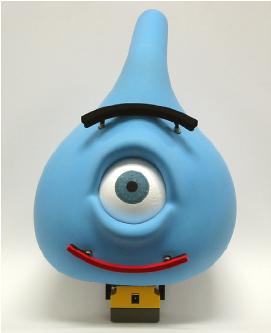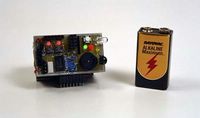Título da tese
Robótica Educativa - programação de comportamentos emotivos nos robots de
pequenas dimensões.
O que é que vai ser a tese? Vou trabalhar no simulador do ciberato, altera-lo de acordo com as minhas necessidades, vou especificar o cerebro emotivo de um robot, programa-lo em delphi, e testar no simulador... Os vários robots (agentes) terão que poder comunicar entre si, reagir a estímulos externos incluindo estímulos visuais e prosódicos (visto que não vou fazer processamento de imagem e voz, vou definir o módulo de decisão e testa-lo com número limitado de exemplos já processados). Vou definir o que será um comportamento emotivo num robot, como poderá ser externamente configurado pelo utilizador, como a informação será processada e como será devolvida a resposta do robot. A ideia é utilizador poder configurar um robot emotivo de acordo com características requeridas, ou seja criar uma aplicação de programação orientada as emoções, mas que no fundo será orientada aos eventos, só que o espaço de eventos irá ser mais focado nas emoções.
Para que isto serve... há vários projectos ligados a novas tecnologias e educação onde necessitamos ter uma comunicação natural com os robots ou agentes virtuais, serve para e-Learning, aplicações de help-desk, jogos educativos, etc... Sendo o modelo que vou criar e programar adaptável a diferentes situações, poderá reaproveitar-se para projectos que envolvem agentes emotivos configuráveis.
O que vou usar: c++ para alterar o simulador, delphi para agentes, logo (talvez) para uma interface visual de programação de emoções. O núcleo emotivo será feito em delphi, porque é no agente que irá ser processada toda a informação exterior que activará os módulos de decisão para geração da resposta emotiva do robot.
O meu medo: é não conseguir fazer nada...








